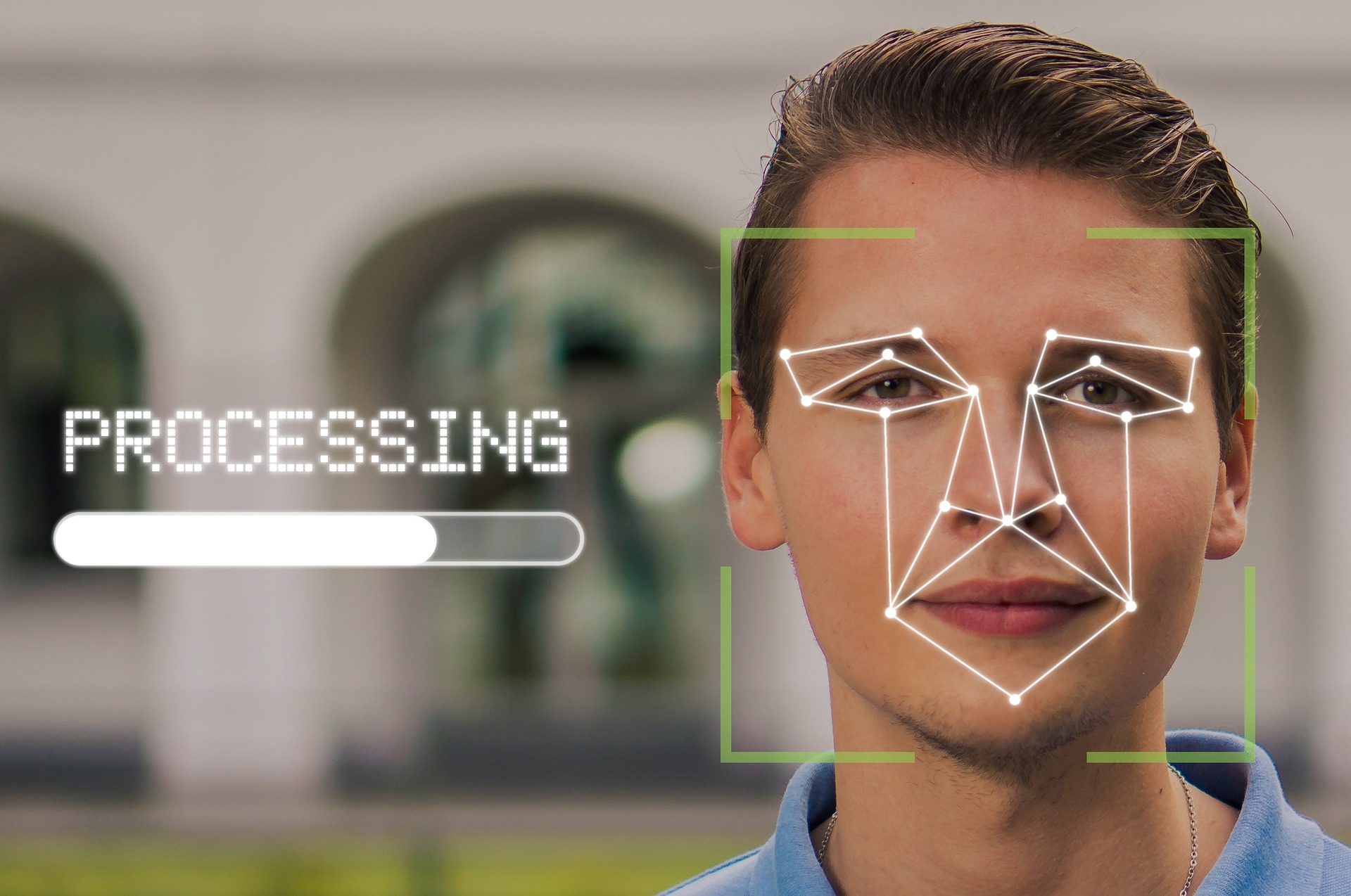Decoding the Doctrine of Qualified Immunity: A Comprehensive Analysis
As legal systems continue to evolve, so do the doctrines that underpin them. One such doctrine, often misunderstood yet profoundly impactful, is the doctrine of Qualified Immunity. This legal principle, primarily applied in the United States, safeguards government officials from civil lawsuits unless they violate "clearly established" constitutional rights. This article aims to delve into the historical background, recent developments, and societal implications of this doctrine.
Historical Development of Qualified Immunity
Qualified immunity was first introduced in the landmark U.S. Supreme Court case, Pierson v. Ray, in 1967. Initially, its purpose was to protect law enforcement officers from frivolous lawsuits and allow some discretion in their duties. It was based on the principle that officials needed legal protection to perform their functions effectively without continual fear of personal liability.
Recent Developments and Legislative Changes
In recent years, qualified immunity has come under increased scrutiny. Critics argue that it shields officials, particularly law enforcement officers, from accountability for misconduct. In response, there have been calls for legislative changes. Several bills have been introduced in Congress aiming to reform or even abolish the doctrine. While none have passed yet, the ongoing debate signifies a potential shift in legal and public sentiment.
The Doctrine in Practice: Key Court Rulings
Qualified immunity has been a cornerstone of several high-profile court rulings. A notable example is Mullenix v. Luna, where the Supreme Court ruled that a police officer who used deadly force was entitled to qualified immunity. The Court held that the officer’s conduct did not violate any “clearly established” rights, underscoring the high threshold plaintiffs must meet.
Impact and Implications for Society
The implications of the doctrine of qualified immunity are far-reaching. Supporters argue it is essential for protecting public servants from financially crippling lawsuits, allowing them to perform their duties without undue fear. Critics, however, contend that it contributes to a culture of impunity, shielding officials from being held accountable for misconduct. This debate has significant implications for the balance between individual rights and effective governance.
The Future of Qualified Immunity
The future of the doctrine of qualified immunity remains uncertain. Amid rising calls for police and judicial reform, the doctrine could undergo significant changes. However, any alteration will require careful balancing to ensure that public officials can perform their duties effectively while being held accountable for their actions.
In conclusion, the doctrine of qualified immunity is a complex and contentious legal principle. It offers crucial protection for government officials but also raises substantial questions about accountability and justice. As legal and societal perspectives continue to evolve, so too will this doctrine and its impact on the fabric of American society.





